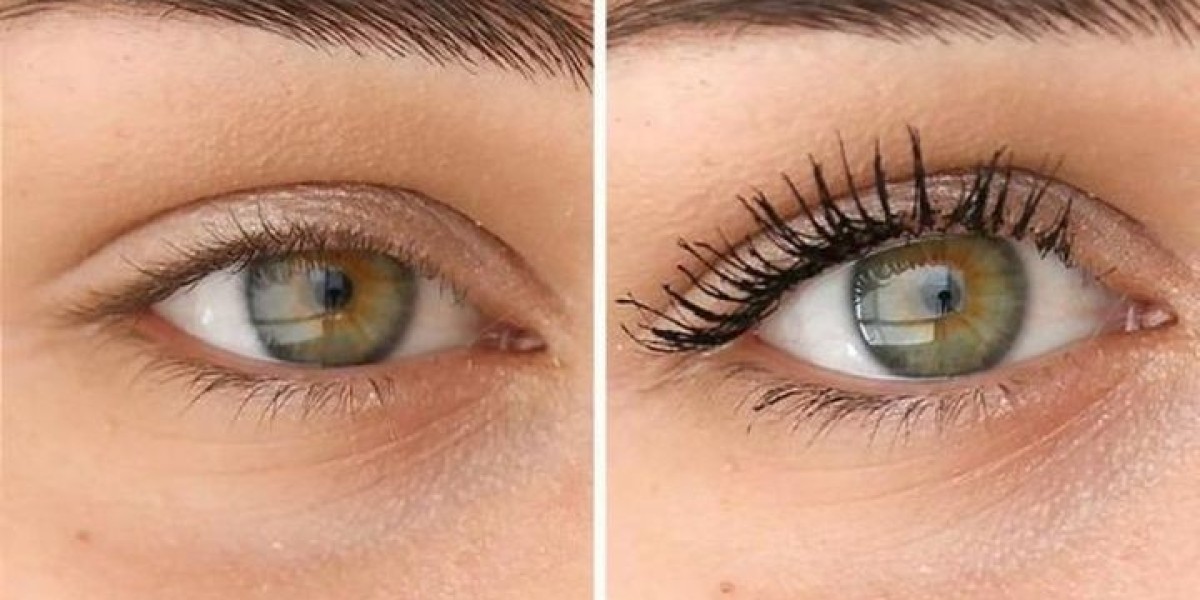How to Repair Window Leaks: A Comprehensive Guide
Window leakages can be a substantial source of aggravation for homeowners, causing water damage, mold development, and increased energy bills. Whether you're handling a minor drip or a more significant leakage, understanding the causes and services can assist you address the issue effectively. This detailed guide will stroll you through the steps to repair window (this site) leaks, guaranteeing your home stays dry and comfortable.
Comprehending Window Leaks
Before diving into the repair process, it's vital to comprehend why window leakages occur. Typical causes consist of:
- Poor Installation: Improper setup can leave gaps around the window frame, enabling water to leak in.
- Wear and Tear: Over time, the seals and weatherstripping around the window can weaken, causing leaks.
- Split or Damaged Glass: Cracks or holes in the glass can enable water to get in.
- Clogged Gutters and Downspouts: When gutters are blocked, water can overflow and seep into the window frame.
- Flashing Issues: Improper or harmed flashing around the window can trigger water to permeate the wall.
Step-by-Step Guide to Repairing Window Leaks
Identify the Source of the Leak
- Visual Inspection: Start by taking a look at the window and the surrounding location for any noticeable indications of damage or wear.
- Water Test: Use a garden pipe or a spray bottle to wet the exterior of the window. Expect water to appear inside the room, which can help determine the precise place of the leakage.
Prepare the Work Area
- Clear the Area: Remove any furniture or items that could be damaged by water.
- Secure the Floor: Lay down plastic sheeting or towels to capture any water or particles.
Assess the Damage
- Inspect the Frame: Look for gaps, cracks, or loose areas in the window frame.
- Take a look at the Seals: Inspect the weatherstripping and seals for signs of wear or damage.
- Check the Glass: Check for any fractures or holes in the glass.
Repair the Damage
- Seal Gaps: Use caulk or silicone sealant to fill any gaps in the window frame. Use a thin, even layer and smooth it out with a caulk smoothing tool.
- Replace Weatherstripping: If the weatherstripping is worn out, remove it and install new strips. Guarantee they fit comfortably to avoid air and water from travelling through.
- Fix or Replace glass repairs near me: For small cracks, you can utilize a glass repair set. For bigger damage, consider replacing the whole pane of glass.
- Repair or Install Flashing: If the flashing is harmed or missing out on, replace it with new product. Guarantee it is correctly installed to direct water away from the window.
Check the Repair
- Repeat the Water Test: Once the double glazing repairs near me are complete, repeat the water test to make sure the leak has been successfully sealed.
- Inspect for Air Leaks: Use a lit candle to evaluate for air leakages around the window. If the flame flickers, it may indicate a gap that requires further attention.
Preserve the Window

- Routine Inspection: Periodically check the window for indications of wear or damage.
- Clean Gutters: Ensure that rain gutters and downspouts are clear to prevent water from overflowing.
- Apply Sealant: Reapply sealant as required to preserve a water tight seal.
Frequently asked questions
Q: Can I repair a window leak myself, or should I call a professional?A: Minor leaks can frequently be repaired by property owners with basic DIY skills. Nevertheless, if the damage is extensive or you are uncertain about the repair procedure, it is best to speak with a professional.

Q: What kind of caulk should I use for window repairs to upvc doors?A: Silicone caulk is a popular option for window repairs due to its versatility and durability. It can hold up against temperature modifications and is resistant to water and UV rays.
Q: How frequently should I check my windows for leakages?A: It is a great practice to examine your windows a minimum of once a year, ideally before the rainy season or winter. This can help you capture and deal with any concerns early.
Q: Can I utilize a dehumidifier to handle moisture from a window leakage?A: While a dehumidifier can help in reducing wetness in the air, it is not a long-term service for a window leak. Dealing with the source of the leakage is vital to avoid further damage.
Q: What are the signs that my window needs to be replaced?A: Signs that a window may require to be replaced include significant damage, persistent leaks, difficulty in opening or closing, and high energy bills due to bad insulation.
Window leaks can be an annoyance, however with the best technique, they can be effectively fixed. By recognizing the source of the leakage, preparing the work area, and following the steps detailed in this guide, you can restore the integrity of your windows and protect your home from water damage. Regular upkeep and evaluations can likewise assist avoid future leakages, ensuring your windows stay in top condition.
By taking proactive actions, you can enjoy a dry, comfortable, and energy-efficient home.








